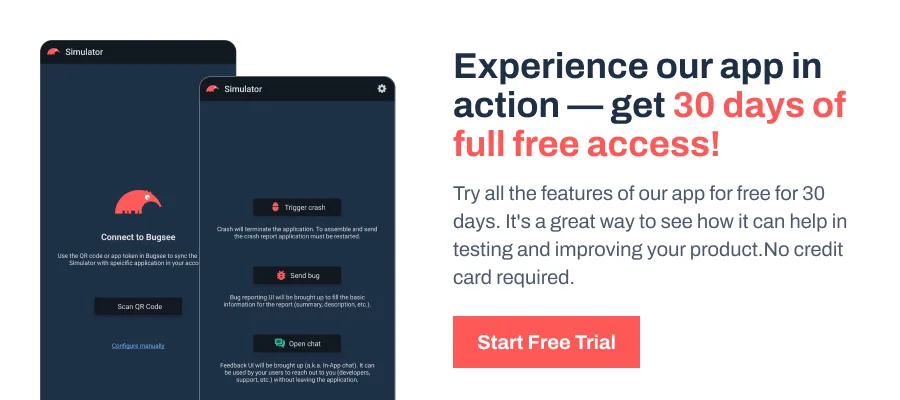Are you trying to decide whether Unity Free (Personal) is enough for your project or if upgrading to Unity Pro makes more sense? With so many features and pricing details to compare, figuring out what you really need can feel confusing.
We’ve made it easier for you with a clear Unity Free vs Pro comparison. This guide explains what you get with each plan, what you miss out on with Free, and when it actually makes sense to invest in Pro. This way, you can choose the plan that matches your current goals and future needs.

What Does Unity Free (Personal) Give You?
Unity’s Personal plan is free but still powerful enough for most beginners, hobbyists, and small teams. Here’s what you get:
- Full access to the Unity engine to build and optimize games or interactive applications, with deployment to open platforms like PC, mobile, and WebGL.
- Built-in monetization tools like Unity Ads and the in-app purchase plugin to help you test revenue models from the start.
- Basic cloud services and collaboration tools, including 10 GB of asset storage per seat, version control for up to three users, and a free tier of build automation.
- Core crash diagnostics to collect error and crash reports during testing phases, helping you troubleshoot early builds.
- Zero upfront cost unless your annual revenue or funding exceeds Unity’s revenue cap, making it risk-free for learning or prototyping.
What Are You Missing with Unity Pro?
While Unity Free (Personal) is great for learning and small projects, Pro unlocks the tools and support you’ll eventually need as your game or studio grows. Here’s what Pro adds to the table:
- Platform deployment freedom, including closed platforms like Nintendo Switch, PlayStation, and Xbox, which require an active Pro subscription.
- Brand control and customization, with the ability to fully remove or customize the Unity splash screen for a polished release.
- Advanced physics capabilities, including Havok Physics, for complex and realistic simulations in demanding projects.
- Expanded cloud and DevOps tools, with 50 GB of asset storage per seat, scalable Unity Version Control, and build automation that goes beyond the free tier.
- Pro-level diagnostics, with longer data retention, deeper insights, and integrations for team workflows like Slack, Discord, or Jira.
- Priority support, so you skip the queue and get faster help during critical production issues.
- Flexible scaling, with additional Unity Version Control seats at $7 per extra seat (up to 15 seats), then $15 per seat after that, plus $0.14 per extra GB beyond included storage.
Wrapping Up
Choosing between Unity Free (Personal) and Pro isn’t about which plan is better. It’s about which plan fits your current stage.
Unity Personal is more than enough for learning, experimenting, or even releasing small-scale games. Unity Pro, on the other hand, becomes a must-have when you’re ready to scale, deploy to consoles, or need advanced collaboration and diagnostics for bigger projects.
As a best practice, start with the Free plan (Personal) while you’re learning or validating your idea. Keep an eye on your project’s revenue, team size, and platform goals. When you’re nearing the revenue cap or need features like console deployment or deeper debugging, upgrading to Pro will save you time, reduce friction, and help you deliver a more polished experience.